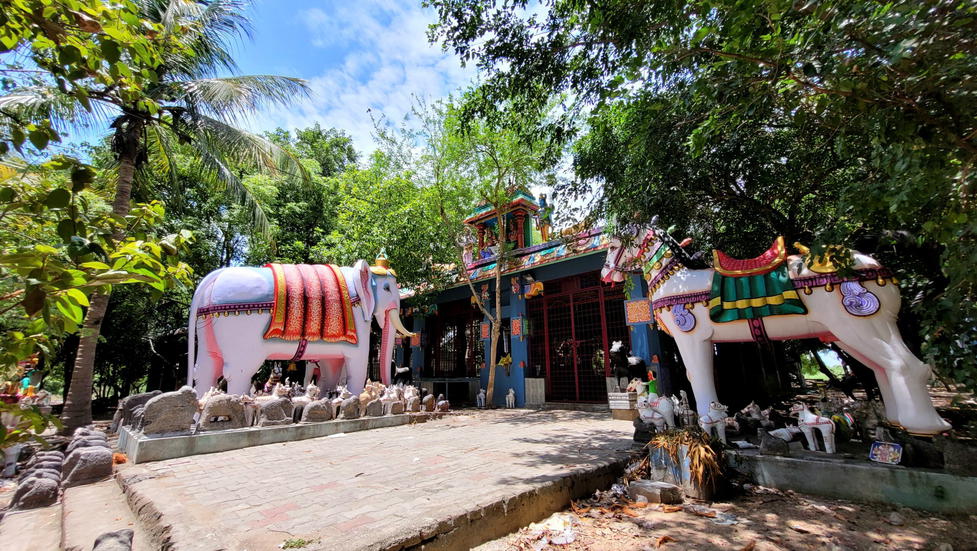🏡 Basic Details
- Village & Governance: Asarankuppam operates as both a village and its own Gram Panchayat within Koliyanur Block, Viluppuram District, Tamil Nadu .
- Nearby Towns: Roughly 6–8 km from Viluppuram town, the district headquarters.
- Pincode: 605402 (via Kedar/Post region).
- Area: About 237.5 hectares (~2.38 km²).
- Alternate Name / Colony: Asarankuppam Colony is also part of the same Panchayat.
👥 Population & Households (2011 Census)
- Population: ~1,228 residents (617 males and 611 females) — Sex Ratio: ~990 F per 1,000 M .
- Households: 298 .
- Literacy: Overall ~75.16%
- Male literacy ~83.31%
- Female literacy ~66.94%.
🏫 Education & Infrastructure
- School: The village hosts a Panchayat Union Primary School (Grades 1–5).
- Connectivity: Regular public and private bus services are available; nearest railway stations (Mundiyampakkam or Viluppuram Junction) are about 5–10 km away.
- Nearby Services: Access to healthcare and administrative facilities in Gingee, Arasamangalam, Kandamanadi, Thogaipadi, and Koliyanur.
🌐 Civic & Cultural Context
- Assembly Constituency: Vikravandi
- Lok Sabha Constituency: Viluppuram .
- Major Political Presence: DMK, AIADMK, PMK, etc.
- Local Polling Locations: Include schools and community facilities in nearby settlements—ex: Samipettai, Konur, Salamedu, and Ayyankoilpattu
- Natural Setting: Near NH‑32/NH‑332 corridor and close to the Malattaru River, supporting agriculture and rural life.
✅ Summary
Asarankuppam is a small but vibrant rural village, home to around 1,228 people across 298 households. It is defined by:
- A sex ratio that’s broadly balanced (~990)
- A healthy overall literacy (~75%), with a notable gender disparity in favor of men
- A primary school and solid transport links (bus + access to rail) for essential services
- Embedded governance as a standalone Gram Panchayat, with civic ties through polling centers and neighboring services
- Roots in local Jain or rural feasts aren’t documented—but the placement near Viluppuram and local water bodies suggests cultural rhythms tied to agriculture and temple life
